Reflections on a Path


~chuck
Let’s continue the conversation! You can find me at www.innerlifeadventures.com or email [email protected]. Want to meet? Here’s how.
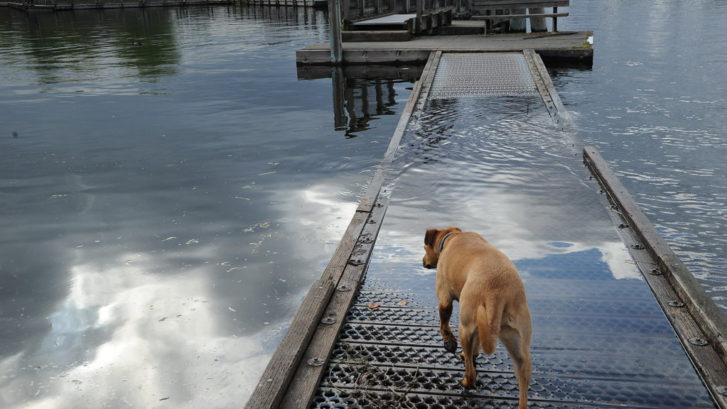
How our relationships teach us about ourselves
What do you think? Let’s continue the conversation! You can find me at www.innerlifeadventures.com or email [email protected]. Want to meet? Here’s how.

~chuck
Let’s continue the conversation! You can find me at www.innerlifeadventures.com or email [email protected]. Want to meet? Here’s how.
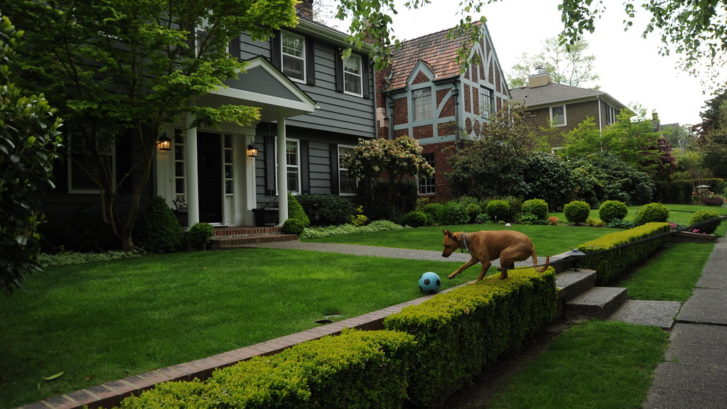
Lessons Learned from Mowing the Lawn
or “How to deal with shit”
Author’s note: Please excuse my heavy use of the word “shit” in this essay. When I talk to my son, I use the word poop. But poop does not convey the full meaning of what I’m trying to express. So I chose to write this using the word shit to be as accurate as I can. I know the word shit is offensive to some people, so if this includes you, I ask for your forgiveness. Or maybe you can just do the opposite substitution and read the word poop whenever you see shit. Or if it is really offensive, maybe just click away and forget I ever wrote this so it doesn’t taint your image of me as a person. You can choose whatever works best for you. Humble regards, ~ch.
This weekend I mowed the lawn. I had been away for a few weeks. We have two dogs. My four year old wanted to help, which looks like him holding on to the mower while I try to maneuver it, him, and myself through tall grass while avoiding landmines (aka: dog crap) that you can’t see due to tall grass.
So what seemed like a standard beautiful Colorado afternoon turned into an adventure; filled with excitement, quality time with my son, and a number of lessons about life. Here is what I learned:
• When you don’t keep up with shit, it can accumulate quickly.
• It is sometimes hard to see shit until it is right in front of you.
• It seems like shit is all around us, but it is only helpful to pay attention to the shit you are about to step in.
• Sometimes we can see the shit other people are near. It is only helpful to point out the shit they are just about to step in. Otherwise, we just spend all our time pointing out shit.
• Sometimes, despite your best efforts to warn them, people will still step in shit. It does not good to get disappointed, blame, or worse, say “I told you so.” All we can do is just love them and help them clean themselves up.
• We can’t get so focused on keeping others out of shit, or we’ll step in it ourselves.
• While we can just step over it, we have to clean up the shit that is in our way. Otherwise, we may step in it later when we are not paying attention.
When I talk to people or read the news, it seems like most of the shit everyone is talking about is the economy, what the government is doing (or not doing), money, or jobs. But there is plenty of other shit we deal with that is directly in our control. Lots of the shit that is right in front of us comes from our relationships with our partners, parents, kids, co-workers, and especially our relationship with ourselves.
What shit do you see and are busy pointing at that you don’t need to be right now? What shit is right in front of you that you keep stepping in because you don’t take the time to clean it up? Are you more concerned with pointing out shit in front of other people that you are not paying attention to the shit in front of you?
And of course, I can’t end this without stating the obvious. The grand-daddy of all the lessons. The universal truth. “Shit Happens.” I can’t take credit for this; I think the bumper sticker guru coined it. But what are we doing with the shit? Are we learning from it? Are we cleaning it up? Are we ignoring it and letting it pile up? Or worse, are we just pointing at all the shit and not doing anything about it?
Who knew dog shit could teach us this much? OK, enough talking about shit. I need to get back to cleaning it up.
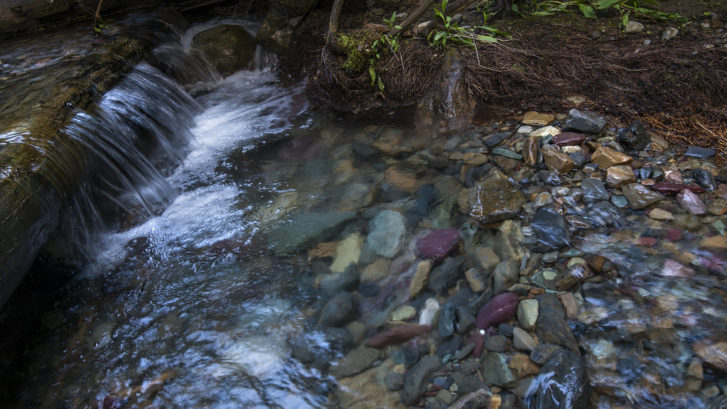
Here is an article I wrote that was published in the Yoga Connection Magazine this week. If you are local to Fort Collins, be sure to find a copy around town and check out all the other great writing it holds! Enjoy.
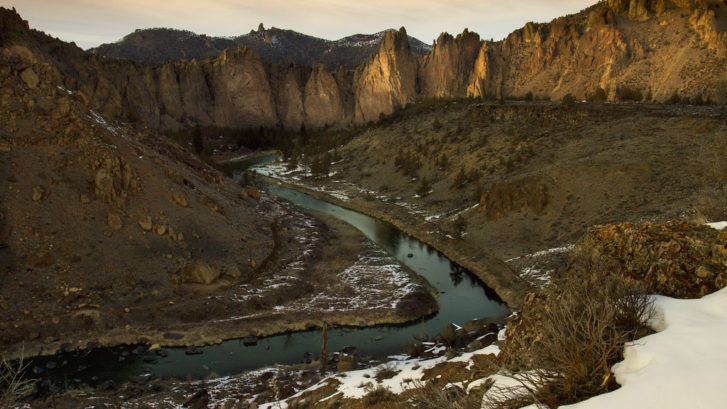
One of the things I love about Colorado is the multitude of ways to be outdoors. I have hiked all over the land, climbed mountains tall, steep, and wide, rolled through the hills on bike, floated down the slopes on a snowboard, and kayaked it’s rivers. But I’m not an adrenaline junkie; I do these things because each time I go spend time outside, these things teach me about life.
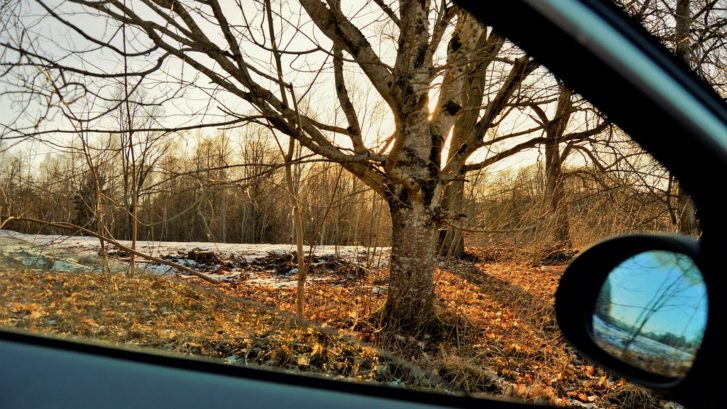
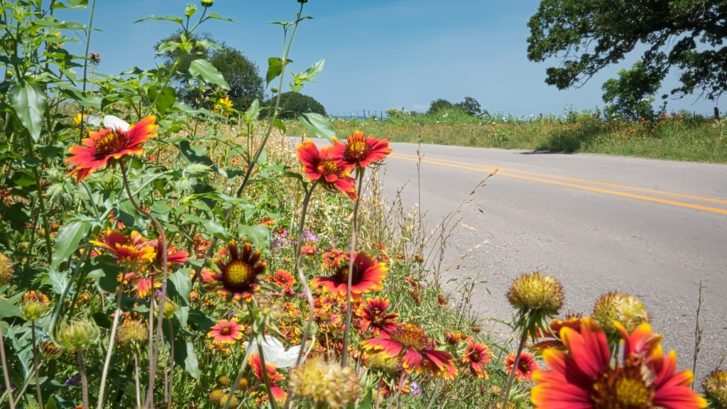
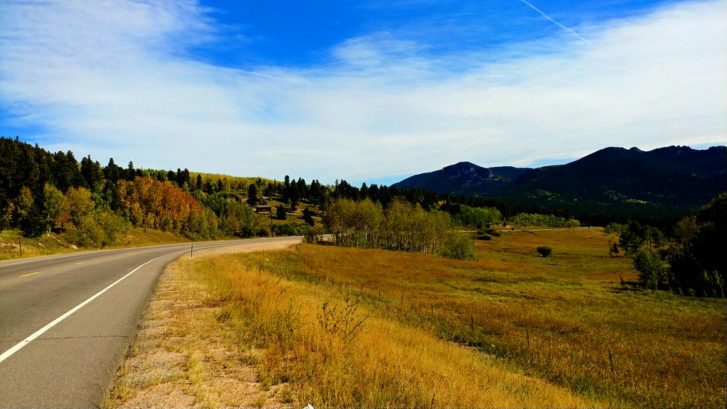
Like so many, this blog has been in my head much longer than it has actually been in existence. I hope you will join me as I blog about a wide range of topics. It will be one part my personal inner life adventures, one part blogging about the shared inner life adventures of other people in my life, one part practical tips for improving your own life, and all parts totally coming from that voice deep within. Writing about whatever wants to come out.
I’m feeling like it is a bit risky to blog about both my own personal process right alongside professional posts and linked to and very much a part of my business, Inner Life Adventures. In the interest of full disclosure, I hope to be as transparent as possible, but I’m sure I’ll leave some things to my own therapist, partner, and my other personal support circles. I hope you find this blend of my personal and professional lives helpful, entertaining, and provoking. I hope that in exposing my own personal and professional process, it will help us all to see more clearly that we are all just human and there is no real separation inside of us. The only separation there is is the separation we create ourselves. And we can just as easily work to remove those walls too.
Join me on this journey, and please comment and let me know how this blog impacts you.
Onward and inward,
chuck